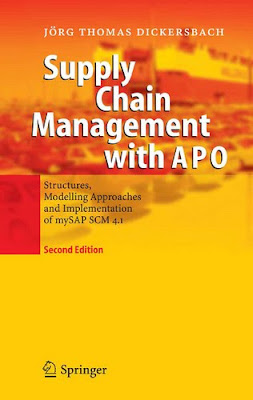
‘Business the Richard Branson Way’ – 10 secrets of the world’s greatest brand builder; Third Edition
By: Des Dearlove
Wiley India Pvt. Ltd.
Richard Branson is now a legend. Few self-made men have ever achieved as much in this business world, as Branson has achieved with his Virgin brand. Though there is no dearth of available literature or articles about him, I think a business oriented biographical tribute had to be a wonderful read. This is what this book provides us with.
Here are the “10 Secrets” about the “Virgin King”:
1) Pick on someone bigger than you
2) Do the hippy, hippy shake
3) Haggle: everything is negotiable
4) Make work fun
5) Do right by your brand
6) Smile for the cameras
7) Don’t lead sheep, herd cats
8) Move faster than a speeding bullet
9) Size does matter
10) Never lose the common touch
After reading the book, now I feel like knowing Richard better. And not to mention that I too am fascinated by his sheer bold and honest leadership. This book reveals and gives us an idea of how Branson did what. A few minor takeaways in my opinion:
1) Living the brand
2) Creating the right impression around oneself and the brand
3) Become identified as a gutsy force
4) Very creative ideas
5) Trying out and executing a hundred ideas to get at least some very successful
6) Keep oneself in control of one’s business
7) Take very fast decisions
8) Understand other’s psychology and act on them
9) No disadvantage can’t be turned around
10)Be on the moral right side
This is an amazing book. Though the topics and dimensions were so many that at places not enough pounds have been spent on each, the book which is relatively thin (170 pages) gives a very fair idea to satisfy readers’ curiosities. It’s a quality read. Recommended.
- Rahul
By: Des Dearlove
Wiley India Pvt. Ltd.
Richard Branson is now a legend. Few self-made men have ever achieved as much in this business world, as Branson has achieved with his Virgin brand. Though there is no dearth of available literature or articles about him, I think a business oriented biographical tribute had to be a wonderful read. This is what this book provides us with.
Here are the “10 Secrets” about the “Virgin King”:
1) Pick on someone bigger than you
2) Do the hippy, hippy shake
3) Haggle: everything is negotiable
4) Make work fun
5) Do right by your brand
6) Smile for the cameras
7) Don’t lead sheep, herd cats
8) Move faster than a speeding bullet
9) Size does matter
10) Never lose the common touch
After reading the book, now I feel like knowing Richard better. And not to mention that I too am fascinated by his sheer bold and honest leadership. This book reveals and gives us an idea of how Branson did what. A few minor takeaways in my opinion:
1) Living the brand
2) Creating the right impression around oneself and the brand
3) Become identified as a gutsy force
4) Very creative ideas
5) Trying out and executing a hundred ideas to get at least some very successful
6) Keep oneself in control of one’s business
7) Take very fast decisions
8) Understand other’s psychology and act on them
9) No disadvantage can’t be turned around
10)Be on the moral right side
This is an amazing book. Though the topics and dimensions were so many that at places not enough pounds have been spent on each, the book which is relatively thin (170 pages) gives a very fair idea to satisfy readers’ curiosities. It’s a quality read. Recommended.
- Rahul





